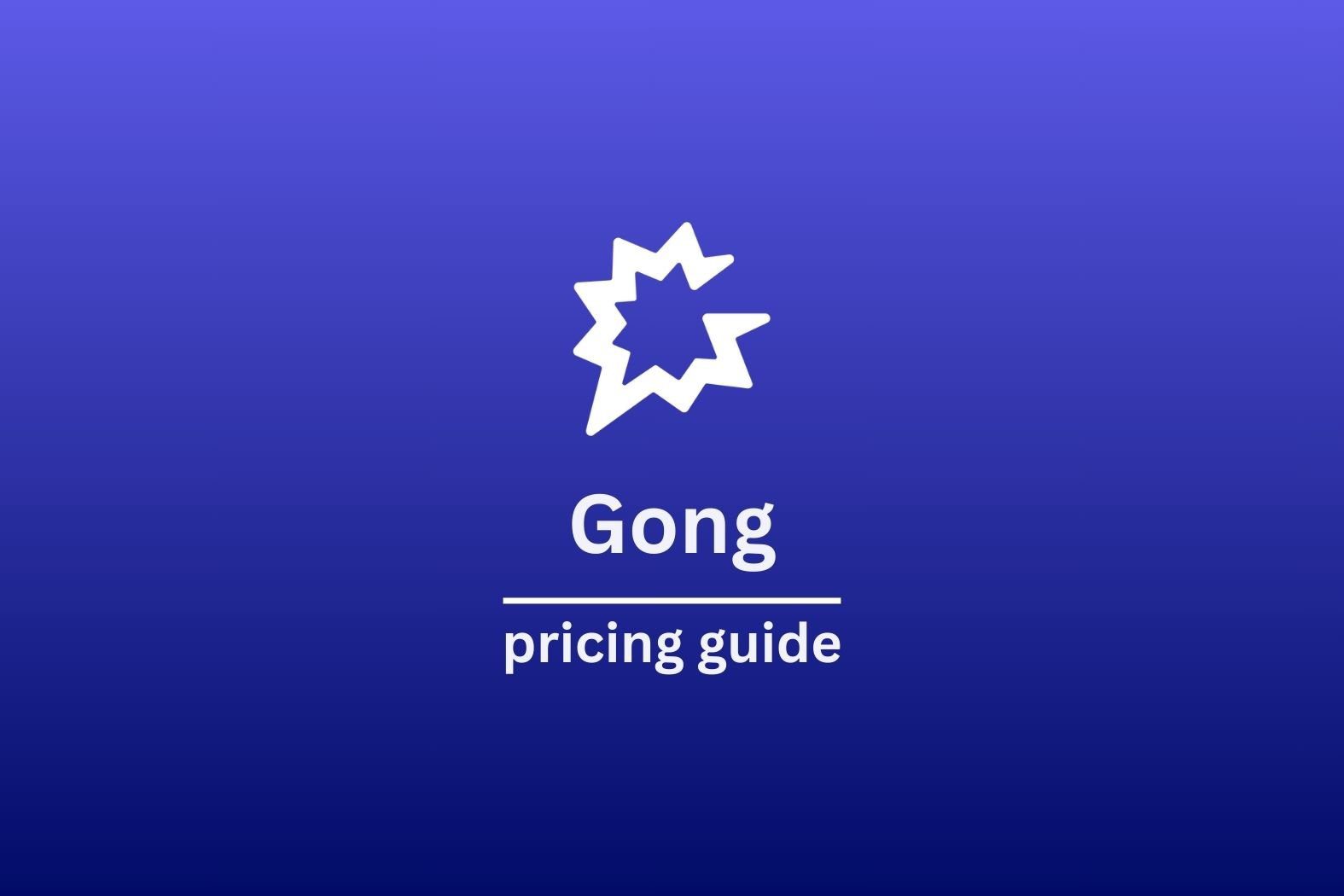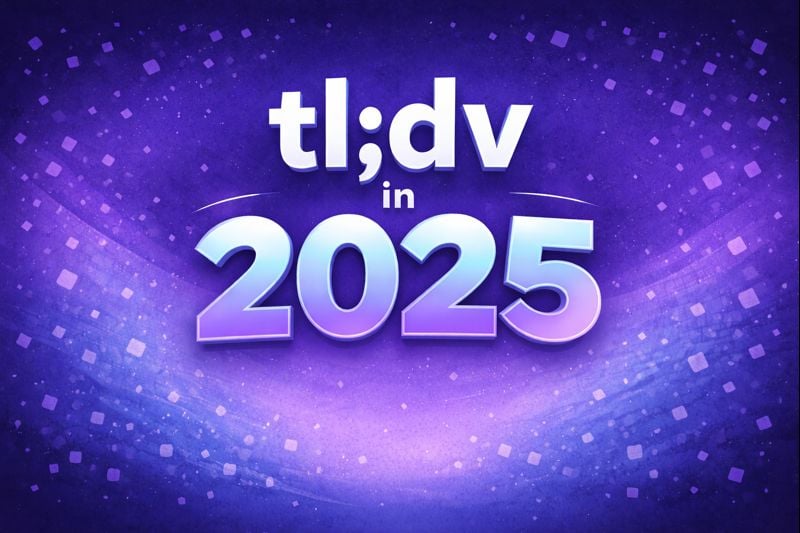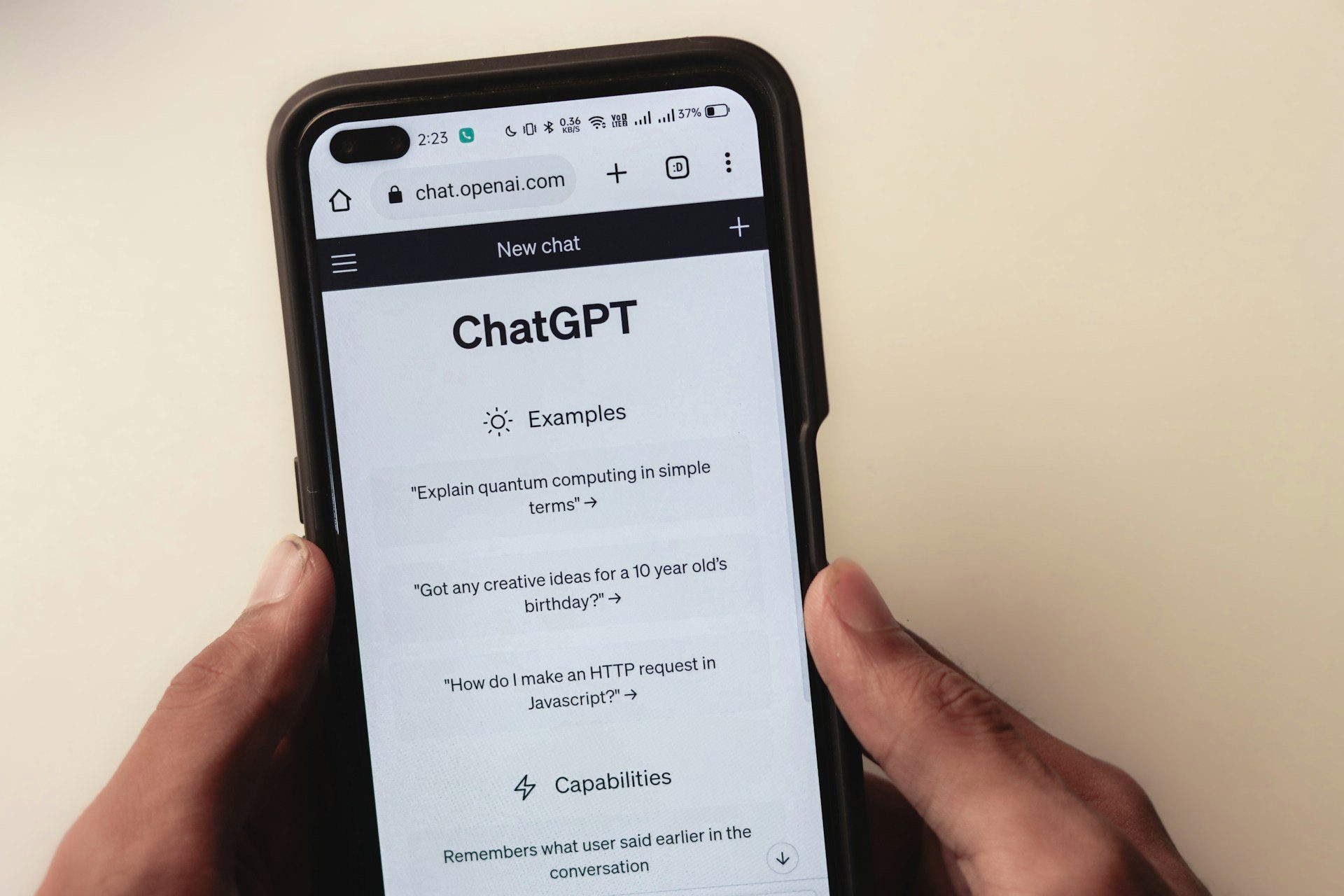How do you decide what to tackle first? Prioritization is one of the most difficult parts of product management, but it doesn’t have to be. A good prioritization framework will help you make better decisions and work more efficiently. This blog post will introduce you to three different frameworks that actually work!
Prioritization is the process of determining which tasks or products to work on first. It’s a critical part of product management, but it can be difficult to determine what should be prioritized. A good prioritization framework will help you make better decisions and work more efficiently.
Product management definition
Product management is the process of creating and delivering products that meet customer needs and requirements. It includes all aspects of product development, from research and design to production, marketing, and support.
Project management definition
Project management is the process of planning, organizing, and managing resources to bring about the successful completion of a project. It’s a critical part of any business, and it’s essential to have a good project management framework in place. A good project management framework will help you plan, organize, and manage your resources so that your project is successful. It will also help you track progress and ensure that all stakeholders are on the same page.
Difference between project management and project management
The distinction between project management and product management can be confusing. Project management is the process of planning, organizing, and managing resources to bring about the successful completion of a project. It’s a critical part of any business, and it’s essential to have a good project management framework in place.
A good project management framework will help you plan, organize, and manage your resources so that your project is successful. It will also help you track progress and ensure that all stakeholders are on the same page.
Product management, on the other hand, is the process of creating and delivering products that meet customer needs and requirements. It includes all aspects of product development, from research and design to production, marketing, and support.
Different types of Project and Product Management Frameworks
There are many different types of frameworks that you can use for prioritization. Some of these are the RICE score and the Eisenhower matrix. We’ll briefly take you through these two below.
The RICE Prioritization Framework
The RICE Prioritization Framework is a popular prioritization framework that was first introduced in the book “The Pragmatic Programmer: From Journeyman to Master”. The framework consists of four steps:
Nowadays product managers use the Prioritization framework to make sure that one product has the best chance of success. It is used throughout business, but Product Managers are notably impacted by RICE Prioritized Framework.
RICE stands for (R) reach, (I) impact, (C) confidence, and (E) effort. This prioritization framework is based on the assumption that you should work on tasks that have the greatest reach, the greatest impact, the most confidence, and the least effort.
As mentioned before the RICE Prioritization Matrix is based on four factors: reach, impact, confidence, and effort. Let’s go through these below.
Reach
Reach refers to the people who will be impacted by the decision you’re making. The greater the reach, the more people will be impacted and vice versa. Impact
Impact
Impact refers to how much this decision affects things. If your decision has a high impact, then it will affect many things and vice versa.
Confidence
Confidence is about how sure you are that your decision is correct – if you have lots of confidence in your decision, it’s probably a good one.
Effort
The effort has to do with how difficult it will be for you to do something or make this choice – if it’s not too difficult, then choose that task!
Rice Prioritization Framework Pros and Cons
The rice prioritization framework is a very simple way to rate the importance of tasks. This makes it easy to use and understand, which is why it’s popular among project managers.
However, because it’s so simple, it may not be suitable for all projects. In particular, complex projects with many different tasks may not be well suited for this framework. Additionally, the rice prioritization framework can be time-consuming if you’re trying to score every task individually.
The limitations of the rice Prioritization framework include:
- Time-consuming if rating tasks individually
- Not suitable for all projects – particularly complex projects with many different sub-tasks
- May not be able to capture the nuance of a task’s importance
- Not suitable for all projects
- Not as straightforward as it seems
A quick step-by-step guide on how to use the RICE prioritization framework
To use the rice Prioritization Framework, first determine which task you would like to prioritize.
Then rank it on a scale of 1-5 (1 is the lowest) against each of the four factors.
Reach: The highest-ranking you give the task in this category, the more people will be impacted by your decision and vice versa.
Impact: If your decision has a high impact, then it will affect many things and vice versa.
Confidence: The higher your confidence, it’s better for you to make that decision or come into contact with that product.
Effort: The less effort required for you to do something than another task then it is preferable for you
How to use the Rice Prioritization Framework?
- Prioritize tasks according to their importance to the company
- Prioritize tasks according to their urgency
- Prioritize tasks according to their confidence
- Prioritize tasks according to their ease of implementation
Rice Prioritization Framework – Free Template
The rice prioritization framework is a straightforward way to rate the importance of project tasks. You can download this Prioritization Framework template for free here. The process starts by writing down all your active projects in rows on one side and then ranking them from most important to least important based on how they fit with company goals.
This exercise helps you think about what’s truly valuable, instead of just tackling whatever is easiest or most urgent. For example, consider reducing support requests because it will make customers happier even though it isn’t related directly to company goals at first glance. This also works well when taking into account short terms vs long term impact e.g., letting go of features that are a low priority but have very high value once they’re
What about other Prioritization Frameworks?
The rice Prioritization Framework isn’t the only framework out there. As mentioned, you can also use the Eisenhower Prioritization Matrix.
First things first: what does it stand for? The matrix is named after Dwight D. Eisenhower who was a US President and military leader responsible for planning many important operations during WWII (including Operation Overlord). The following image shows where this matrix originated from – take note of the time allocation to each task on its own x-axis as well as how much effort would be required by the personnel involved in carrying out that task y-axis. Let’s look at it a little more below.
Eisenhower matrix
The Eisenhower matrix is a very popular framework for prioritization. This grid-based model helps you visualize the importance of certain tasks based on urgency and time required. The four quadrants are labeled with different levels to prioritize your tasks by while using the principle “efficiency = effectiveness – waste.”
Eisenhower Prioritization Framework Pros and Cons
The Eisenhower Prioritization Framework is more complicated than the rice Prioritization Framework but provides a more detailed analysis of tasks by urgency and importance.
The Pareto Principle
Also known as the 80/20 rule, the Pareto Principle states that 20% of inputs create 80% of outputs. This principle can be applied to product management by identifying the 20% of features that the most value for customers.
By following this principle you will ensure your team is working on items with maximum impact while also freeing up time for other tasks in order to meet deadlines and deliverables more efficiently. This is important as product managers often want to please everyone which can lead to an excessive amount of time being spent on low-priority work.
Final thoughts on the Project and Product Management and the RICE prioritization framework
Prioritization frameworks can be a powerful tool for product and project managers. Prioritizations Frameworks that Actually Work is just one of many options available to you – each with its own pros and cons. The rice Prioritization Framework, which we’ve discussed in this article, is easy to use but doesn’t provide as much detail about tasks as the Eisenhower Prioritization Matrix or Pareto Principle would offer.
Regardless of your final decision on what framework you’ll employ, keep these tips in mind: prioritize tasks according to their importance (and not urgency) when it comes to company goals; focus on features with maximum impact while reducing support requests; don’t try to please everyone by adding too many low-priority items into deadlines; consider using




